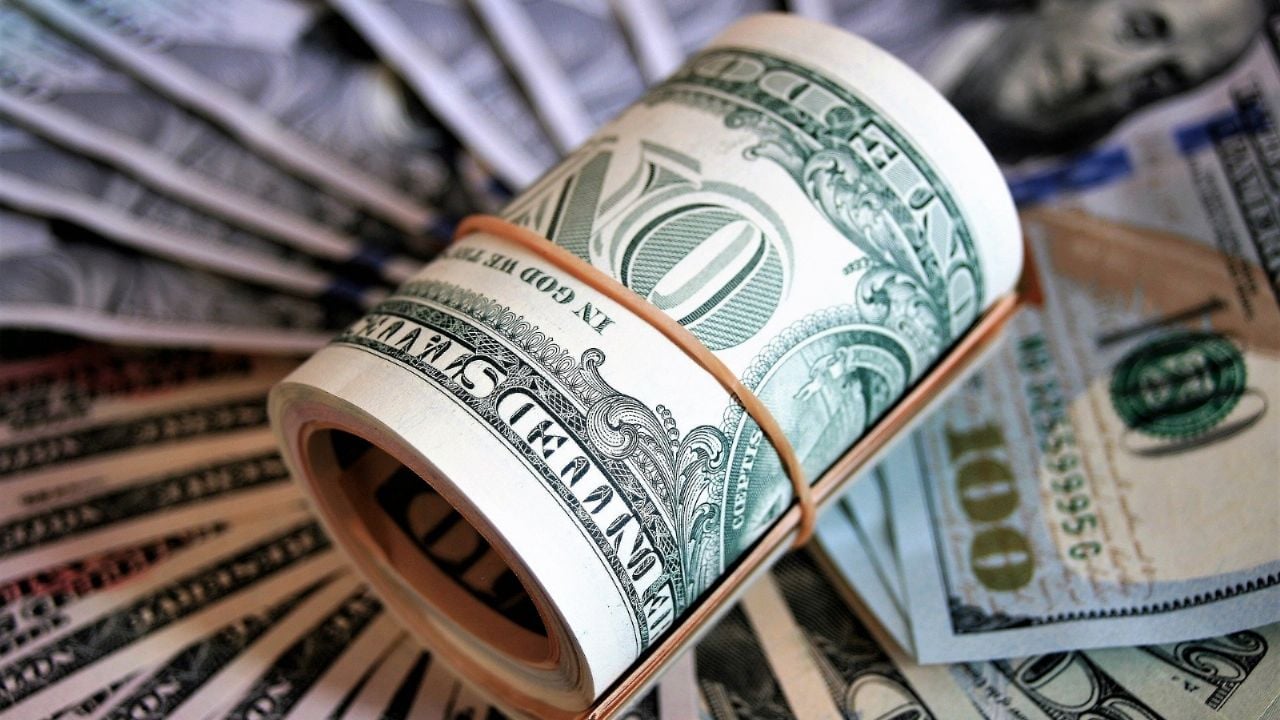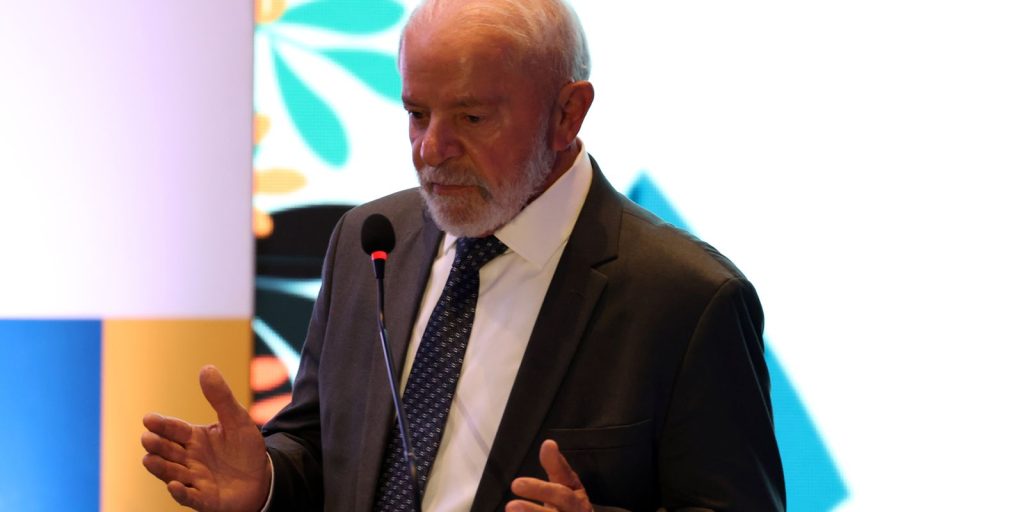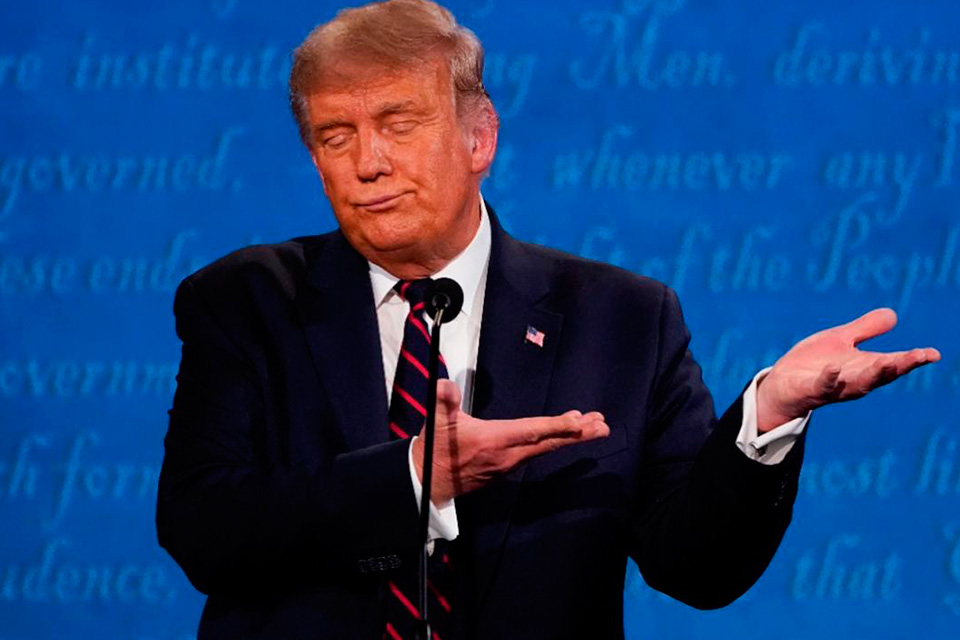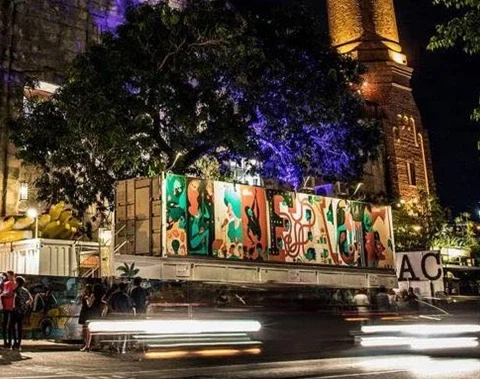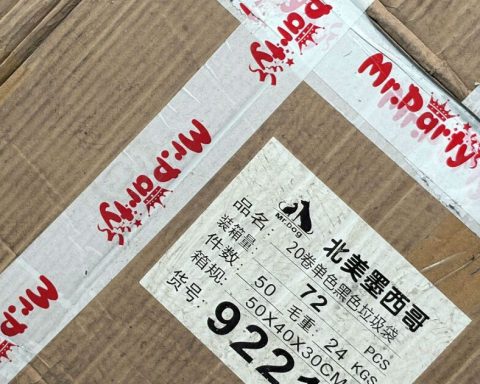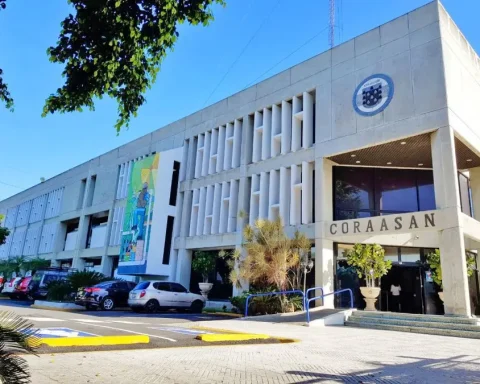On Tuesday, the price of dollar presented significant variations in both the official and parallel markets, known as the blue dollar. This phenomenon is of great interest to Argentines, since the value of the dollar directly impacts the daily economy, from the prices of goods and services to investment and savings decisions.
He dollar official, which is the exchange rate controlled by the Central Bank of the Argentine Republic (BCRA), remained relatively stable compared to previous days. For sale, the official dollar was quoted at $1,013.50, while for purchase it was at $973.00.
This stability is the result of the monetary policies implemented by the BCRA, which seeks to control inflation and maintain balance in the exchange market. On the other hand, the dollar blue, which is traded in the informal market, showed a slight decrease.
On Tuesday, November 5, the dollar blue was sold for $1,170.00 and bought for $1,150.00. This price represents a decrease of 35 pesos compared to the previous day. The gap between the official dollar and the blue dollar remains significant, reflecting the distrust of investors and savers in the official market and the search for refuge in the parallel market.

Fountain: Dollar Today.
Several factors influence the price of the dollar in Argentina. Among them, the BCRA’s monetary policy, inflation expectations, the global and local economic situation, and the government’s economic policy decisions.
In recent months, Javier Milei’s administration has implemented measures to increase the Central Bank’s reserves, which reached their highest level since June 2023. These measures include the purchase of dollars in the market and the implementation of policies to attract investments foreigners.

Price
This Wednesday, November 6, the price of dollar blue is trading at $1115 to buy and $1135 to sell. Meanwhile, the official dollar was quoted at $974 for purchase and $1014 for sale.. The price of the dollar has a direct impact on the Argentine economy.
A higher official dollar can make imports more expensive, which in turn can increase the prices of goods and services in the local market. On the other hand, a high blue dollar reflects distrust in the economy and can lead to higher inflation, since many prices are adjusted based on this exchange rate.
follow us on Google News and on our channel instagramto continue enjoying the latest news and our best content.
